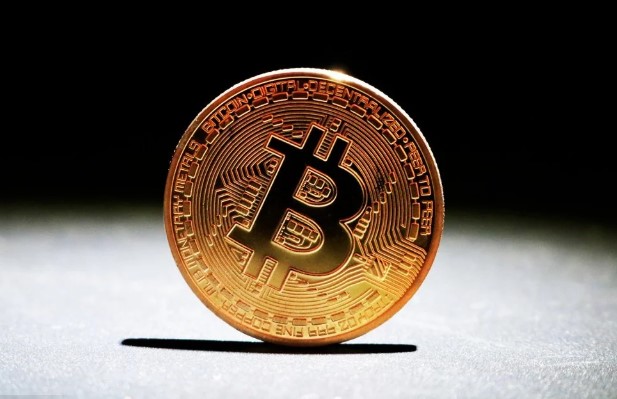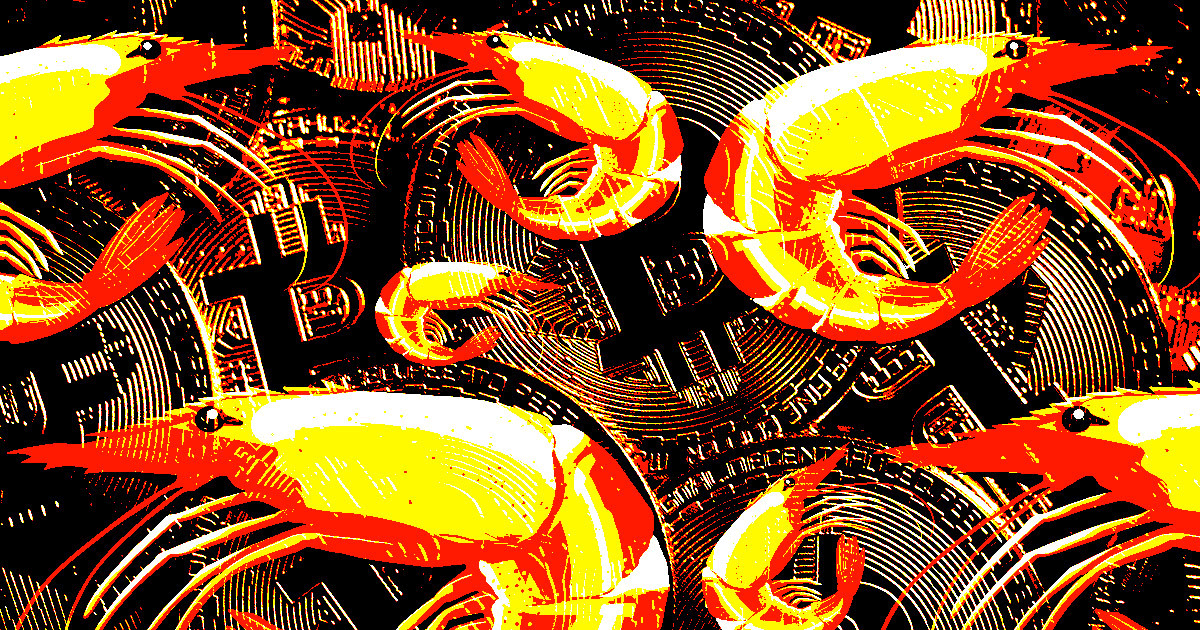Blockchain is a system for recording information, making it difficult or impossible to change, crack or cheat the system. All data in the blockchain are attached with time stamps and digital signatures. This further provides responsibilities for all stake
The emergence of the Internet has changed the way we live, work and communicate. It has changed the way society and industry operate. However, it also has a major defect. The current mode of operation on the Internet relies heavily on intermediaries and relies on reliable infrastructure. Blockchain, an innovative technological solution, will change this situation. Although cryptocurrency is the reason for the growing popularity of blockchain, this technology is far more than digital currency. This article will talk about the meaning of blockchain and its main components.

1、 What is blockchain?
In short, blockchain is mainly a series of blocks. These blocks store data, and all blocks are linked to each other. Therefore, a blockchain can be described as a record or data chain stored in the form of a block. In essence, blockchain is a ledger that stores information or data such as transaction records. Similar to how banks maintain their financial ledgers, blockchain records data - from files to transactions in a decentralized public ledger.
Use a simple document analogy to understand blockchain. Create a document and share it with a group of people who have permission to edit it. Now, documents are distributed, not copied or transmitted. Everyone in this group has the right to view and edit the document at the same time. Modifications are recorded in real time and are completely transparent. This makes it a decentralized distribution chain.
However, blockchain is much more advanced, but the analogy of Google Docs is still applicable in terms of decentralization and recording real-time changes. Each data block in the blockchain network stores information and the hash value of the previous data block. This forms a block chain of cryptographic links. Hashes can be interpreted as mathematical code belonging to a particular block. If the data changes, the hash value of the block will also change.
Each block has a unique hash key to ensure the security of the blockchain ledger. Because each block must refer to the hash of the previous block. Each time more data is added to the network, a data block is created. The new block is now linked to the existing block chain in chronological order. Once the data is stored on the blockchain, it is almost impossible to change.
2、 The core of blockchain
Decentralization
Blockchain is decentralized. This means that no one person or group can control the whole network. Everyone who uses blockchain has an account book that tracks changes in real time. Stakeholders or their members control the entire blockchain network. In blockchain, if the largest participant of the network agrees, any information can be verified.
Distributed
At present, the Internet stores data on centralized cloud servers. However, malicious actors can tamper with the network and steal data. On the blockchain, data is stored in a distributed manner on multiple hardware devices running the network. This eliminates centralized points of failure.
No need for trust
The architecture of blockchain is based on an untrusted infrastructure. Peer-to-peer networks allow people to interact or trade without any third party. For example, if you want to transfer money to friends in another country, you need to rely on third parties, such as banks, PayPal, Wise, etc. However, if you use blockchain, you can directly transfer money from one place to another without passing through a third party.
Immutable
Immutability can be interpreted as' immutable 'data, once written and stored on the blockchain, cannot be changed. If you want to change the data in a block, you need to change the entire blockchain, because each block stores the hash of its previous block. This is a very complex process and requires a lot of computing power. Blockchain teaches immutable attributes that enable it to resist any manipulation or attack.
Tamper-proof
The invariance of blockchain makes it easy to detect data tampering. Because blockchain stores the entire history, any changes to existing data can be easily identified. It is extremely difficult to change the hash of all blocks, which in turn makes the data tamper-proof.
conclusion
Blockchain is a system for recording information, making it difficult or impossible to change, crack or cheat the system. All data in the blockchain are attached with time stamps and digital signatures. This further provides responsibilities for all stakeholders in the network. Therefore, blockchain technology may subvert the industry and fundamentally change the way we work and communicate.
















 Tue, 18 Apr 2023
Tue, 18 Apr 2023
